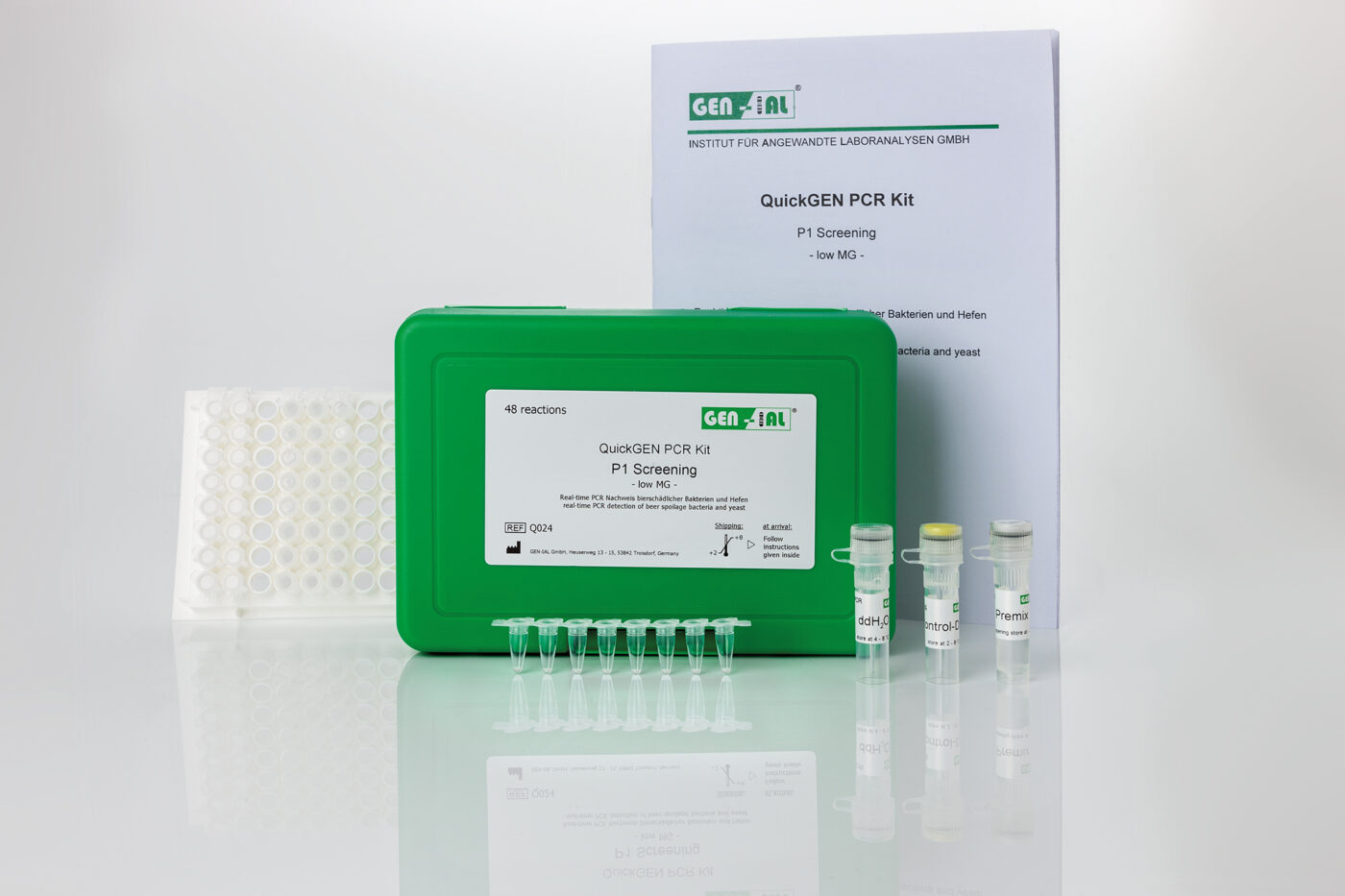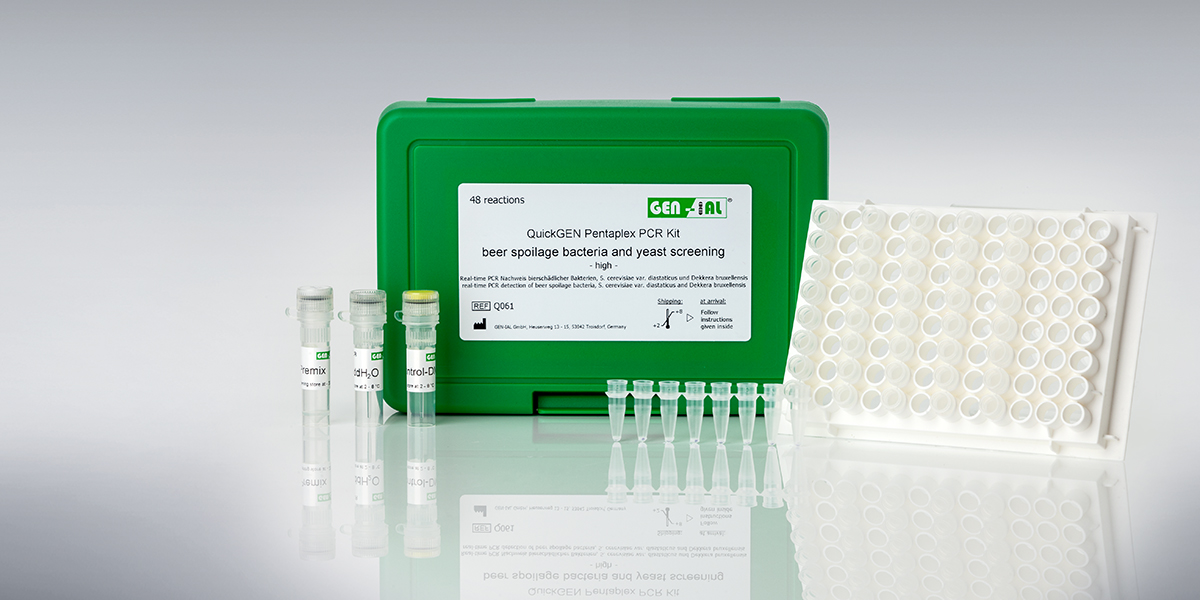
Recent news in Food & Feed Analysis
- Home
- /
- International Beer Day: This...
International Beer Day: This new technique speeds up beer analysis

Raise your glass: the first Friday in August is International Beer Day – a perfect day to enjoy a tasty brew. But unfortunately, beer doesn’t always taste as expected: beer spoilers can leave an unpleasant stale taste. It’s good to know that it just got easier to detect beer-spoiling bacteria and yeasts – here’s how it works.
Microorganisms such as Pediococcus, Lactobacillus, Megasphaera or Pectinatus are a major problem for breweries since they affect the taste and cause beer spoilage. When a bacterial infection is detected, brewers often have no choice but to dispose the contaminated beer. If the product has already reached the retail stores, cost-intensive recalls are inevitable. An early detection of an infestation is important to initiate countermeasures and to limit further damage.
The conventional method for detection of beverage spoilers is a microbiological test – a comparatively inexpensive, but slow procedure: results are only available after 3 to 14 days. Molecularbiological methods are becoming increasingly important as a faster alternative to microbiological tests. So-called PCR tests analyze the DNA in a sample and can thus detect microorganisms in a highly specific manner.
Fast and comfortable beer screening by PCR
A new technique makes PCR analysis even better: while traditional procedures take around 2 days, the newly developed QuickGen tests detect beer spoilers in only 2 hours. Sampling and testing is very simple and can also be performed by untrained users. A complex pre-enrichment of the DNA is no longer necessary. Have a look at the procedure in the following video:
Analysis is done in a few easy steps:
- Prepare the DNA using filtration or centrifugation
- For PCR setup, remove the film from the needed tube strips, pipette the premix as well as the DNA and close the tube strips with the provided caps
- Insert the tube strips into your PCR device, select the appropriate program and start the analysis
QuickGEN tests can be used for in-process control at every stage of the production process. They are available in several versions for use with various common PCR devices. At the moment, the following kits are available:
| Product | Description | Details |
|---|---|---|
| QuickGEN First-Beer differentiation PCR Kit | Detection and differentiation of beer spoiling bacteria and yeasts (Lactobacilli, Pediococci, Pectinatus, Megasphaera, Enterobacteriaceae, Saccharomyces diastaticus, Pichia anomala) |
|
| QuickGEN First-Hop resistance Multiplex PCR kit | Detection and differentiation of hop resistance genes horA, horC, hitA and orf5 |
|
| QuickGEN First-PCR yeast and bacteria differentiation | Detection and differentiation of beer spoiling bacteria and yeats (Lactobacilli, Pediococci, Enterobacteriaceae, acetic acid bacteria, bottom-fermented, top-fermented and wild yeasts) |
|




